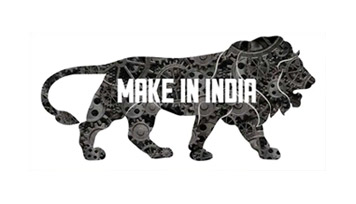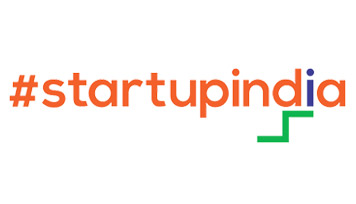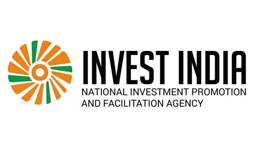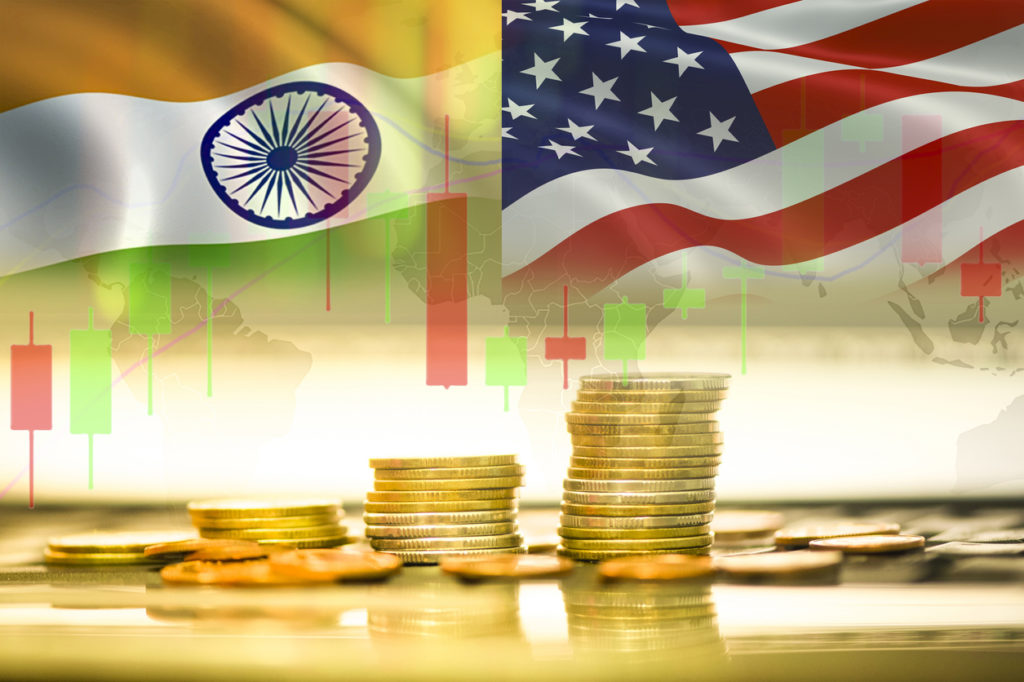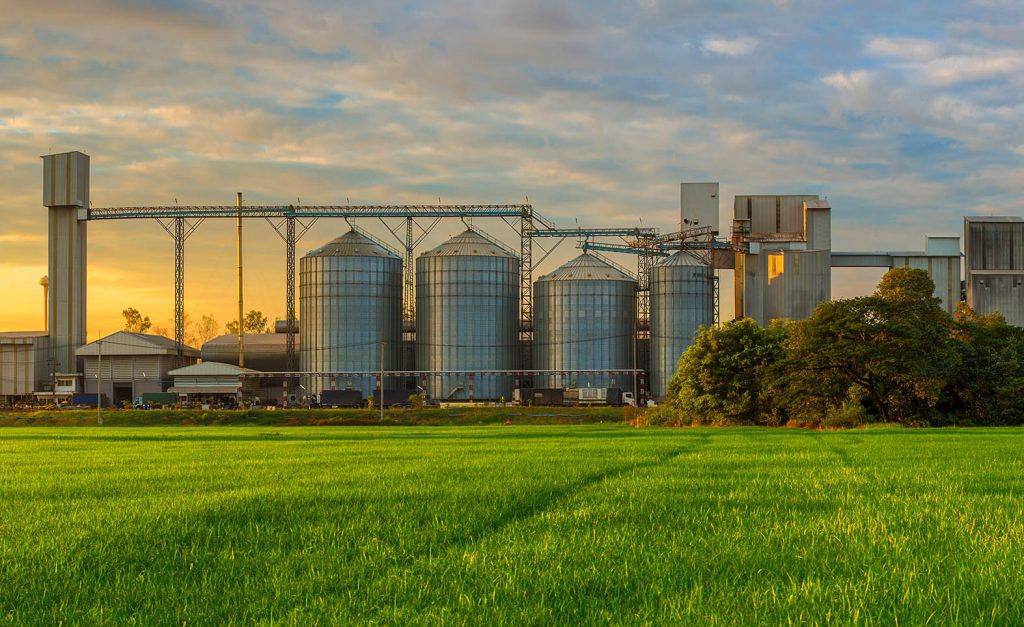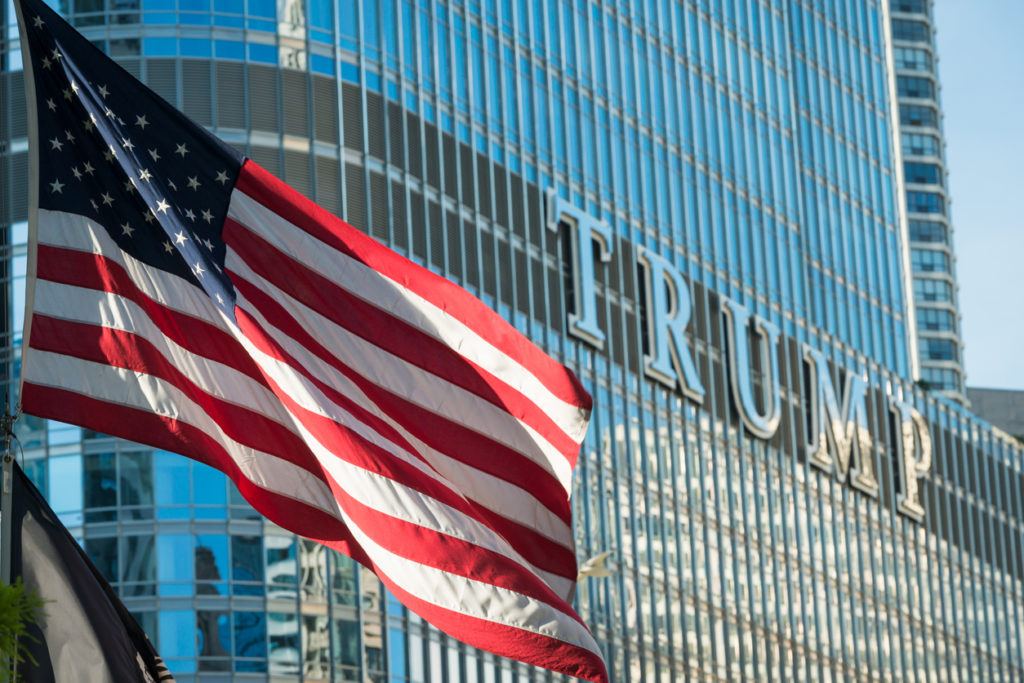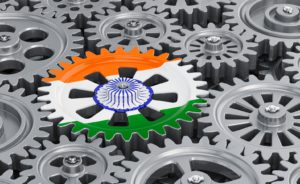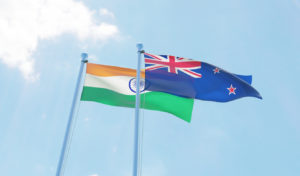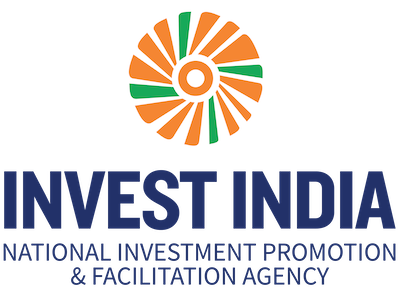
This page is for information purpose only. Interested Investors may contact Invest India – the National Investment Promotion and Facilitation Agency of India at investindia.gov.in
As per the IMF, India is likely to become the third-largest economy in 2027 (in USD at market exchange rate) and it also estimated that India’s contribution to global growth will rise by 200 basis points in 5 years. Moreover, various international agencies such as the World Bank, the IMF, OECD and ADB project India to grow between 6.4%, 6.3%, 6.1% and 6.7%, respectively in 2024-25. More details
Under the banner of the Amrit Kaal initiative, India has set out on a mission to foster a shared global future through the LiFE movement, promoting eco-conscious practices and sustainable living. With a development-focused approach and a clear roadmap, India is committed to promoting a rules-based order, equitable growth, and peaceful coexistence for all.
Macroeconomic stability and improvements in India’s external position, particularly significant moderation in the current account deficit and revival of capital flows on the back of a comfortable foreign exchange reserves buffer, resulted in stability in the Indian rupee during FY 2023-24. Further, inflationary pressures in India moderated majorly driven by proactive supply side initiatives by the Government, noted the Macro-Economic Framework Statement 2024-25.
As per UNCTAD Global Investment Trends Monitor, 2022, the Foreign Direct Investment (FDI) flows to India in calender year 2021 were 26% lower as compared to 2020, because large M&A deals recorded in 2020 were not repeated. (UNCTAD GITM), January 2022, 2022, the Foreign Direct Investment (FDI) flows to India in calender year 2021 were 26% lower as compared to 2020, because large M&A deals recorded in 2020 were not repeated.
At the Investor’s Roundtable organised by Department for Promotion of Industry and Internal Trade (DPIIT), along with Invest India, on 20th April 2022, it was highlighted that India received the highest ever FDI in the last two years.
Measures taken by the Government on FDI Policy reforms have resulted in increased FDI inflow in the country. FDI inflow during 2014-23 of USD 596 billion was twice of the inflow during 2005-14.
FDI inflow in India stood at USD 36 billion in 2013-14 and registered its highest ever annual FDI inflow of USD 85 billion in the financial year 2021-22. During FY 2022-23, FDI inflow of USD 71 billion (provisional figure) has been reported. During the financial year 2023-24 (up-to September 2023) FDI worth USD 33 billion has been reported.
FDI inflow in the last 9 financial years (2014-23: USD 596 billion) has increased by 100% over the previous 9 financial years (2005-14: USD 298 billion) and is nearly 65% of the total FDI reported in the last 23 years (USD 920 billion). FDI equity inflow in the manufacturing sectors in the last 9 financial years (2014-23) (USD 149 billion) has increased by 55% over the corresponding period of the previous nine years (2005-14) (USD 96 billion). These trends in India’s FDI are an endorsement of its status as a preferred investment destination amongst global investors. More details
